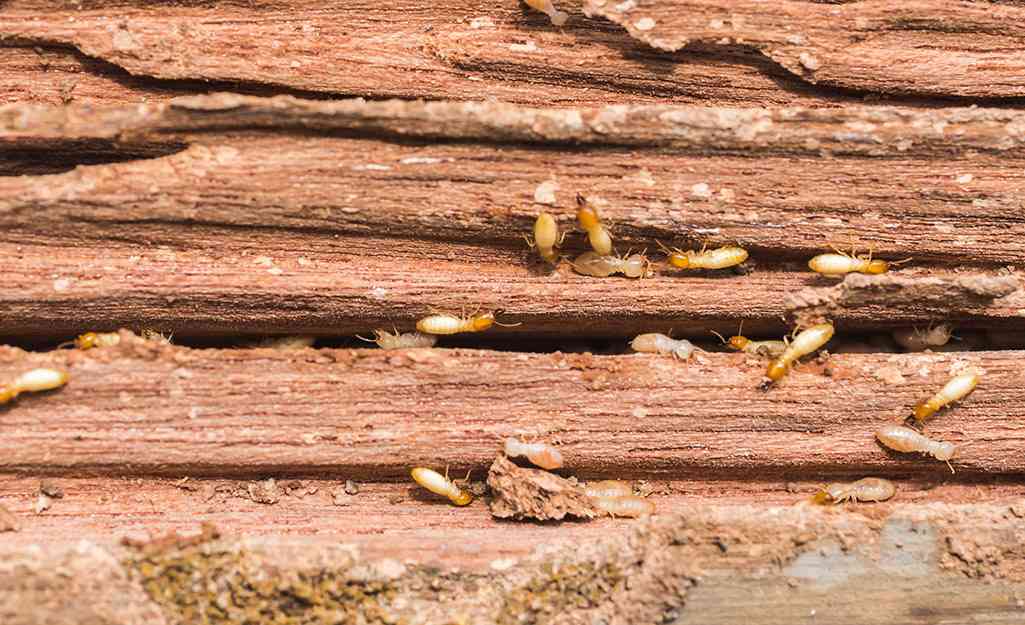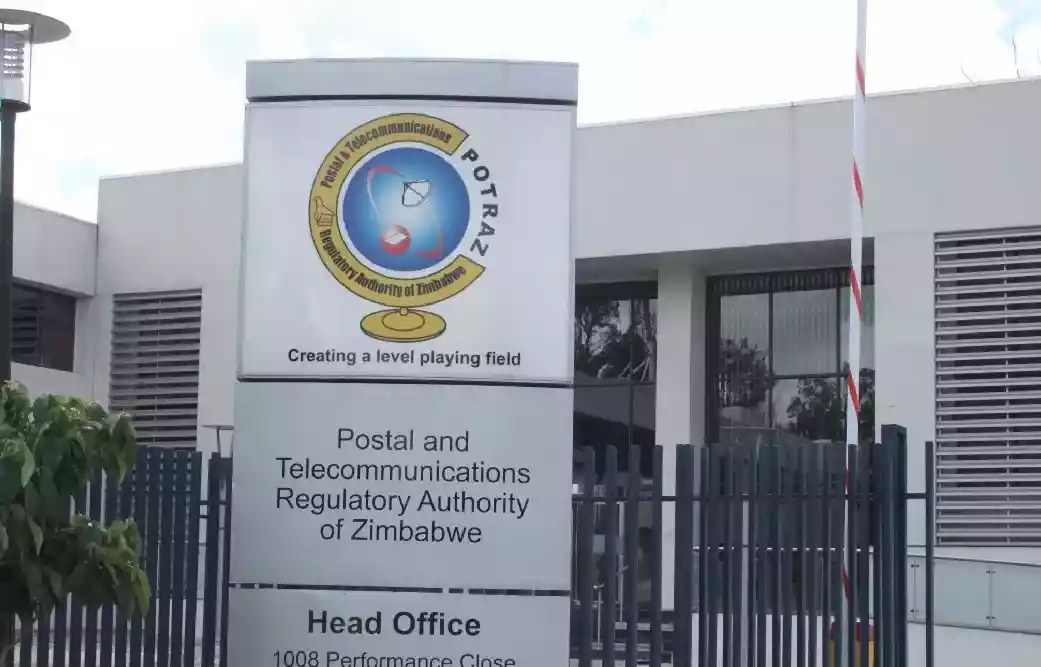
FOR many years, multi-national companies flooded Zimbabwe’s Great Dyke mineral belt, attracted by vast deposits of many minerals.
Many of the companies established mines and mining communities along the Great Dyke, with hills, long and low ridges stretching for about 515 kilometres.
These included Union Carbide and Lonrho, which employed thousands of workers.
After the country’s independence in 1980, domestic investors operating firms like Zimasco, ZimAlloys and African Chrome Mines (ACM) took over chrome interests along the Great Dyke, where the resource is found in abundance.
Chrome was first mined in the region in 1906, with first exports a year later.
Production peaked in 1975 at 876 000 tonnes, before falling to a 20 year-low of 431 000 tonnes in 1983, a drop of 51%.
Production recovered in 2001 to 780 000 tonnes, before declining to 194 000 in 2009.
Companies that had invested in modern technologies were withdrawing, abandoning their plans as the terrain changed, with Zimbabwe being held back by economic crises and western sanctions.
- News in depth: Chinese scramble for Zim’s chrome leaves communal lands scarred
- Pushback over Chinese lithium push
- News in depth: Chinese scramble for Zim’s chrome leaves communal lands scarred
- Pushback over Chinese lithium push
Keep Reading
Union Carbide withdrew from Zimbabwe’s chrome to focus on electronics and other business ventures. They also retrenched thousands of workers in communities like Mutorashanga, Sutton, Caesar, Darwendale, Impinge and others.
These are all dotted along the Great Dyke.
In interviews with the Zimbabwe Independent, former workers said the closure of mines brought a lot of suffering in the mining areas.
“When companies like ACM, Union Carbide, Zimasco and ZimAlloys were still operating and mining chrome, they built beautiful houses for workers, maintained roads and offered competitive salaries,” a former Union Carbide and Zimasco orderly, Chris Muhlaba said.
Reminiscing on the good old days, Muhlaba said workers could afford a good living standard. He recalled how shop owners had to compete for customers as demand boomed. The turn of the 21st century marked the beginning of Zimbabwe’s socio-political turmoil. The country’s crumbling economy and poor human rights record ultimately led to the imposition of sanctions by western powers on Zimbabwe.
Souring relations between Zimbabwe and the West saw authorities turn to China and other eastern countries to deepen economic ties. Chinese entities moved on to the chrome mining areas to resuscitate abandoned mines.
Fast forward to 2022, several Chinese companies have taken over the mines, exploiting chrome in Mutorashanga and Darwendale. Companies like Amazon, Afrochine and SinoZim have been among those involved. However, some of them have abandoned the claims, leaving un-rehabilitated land and open pits. Affected communities accused them of destroying infrastructure and failing to rehabilitate the environment. Darwendale and Mutorashanga bear the brunt of the divestments.
In interviews when the Independent visited the mining areas, community members said livestock was greatly affected.
In Darwendale, the former Cold Storage Commission farm has been left desolate with artisanal miners invading the farm in search of minerals.
Farmers raised concerns over water pollution. During the visit to Mutorashanga, the Independent learnt that streams were also polluted. Sludge pools at mining plants were discharging contaminated water into one stream. Villagers and farmers were angry.
Peter Taranja, a farmer, said one of the companies was refusing to engage the community after livestock fell into a pool created during mining.
“We engaged them over the pools after I lost five goats,” he said.
“But they refuse to follow environment management regulations. They refused to fence off the pools.”
Artisanal miners in the area have also obliterated the land, exploring for chrome ore. Tarisai Changara, a 45-year-old woman, who left gold panning in Guruve to try her hand at chrome mining in Darwendale, explained the challenges being faced by small scale producers.
“I came here looking for work, but the going has been tough. We are getting little from mining activities,” she said.
“We are only interested in making sure we get quality chrome ore that we eventually sell to the Chinese. Getting quality ore ensures that we get better prices.”
Although the companies have left, they buy chrome from artisanal miners in the area.
Farai Maguwu, director at the Centre for Natural Resource Governance, said lax laws were giving companies the latitude to act as they want. When contacted for comment Afrochine company secretary Wilfred Motsi said the company would not engage ‘irresponsible’ miners when buying chrome.
According to Environmental Management Agency spokesperson Amkela Sidange chrome mining activities have degraded about 5 036,34 hectares of land.
“Most of the mining activities are being done in ceded claims and the majority of the claim holders do not have mine registration certificates,” she said.
“Some claim holders do not have the capacity to mine on their own hence they venture into partnerships with investors who are only interested in resource extraction with no rehabilitation.
“As EMA we have been working closely with traditional leaders, Ministry of Mines, and heads of government departments in coming up with strategies to curb land degradation from chrome mining. A total of 1 127,95 hectares have been rehabilitated,” she added.
- Zhoya is a 2023 Womentorship fellow. This article was published with support from Friedrich Naumann Foundation through its Womentorship Fellowship Programme targeting young and upcoming female journalists. The programme was designed in 2021 after a realisation that female journalists occupy a few leadership positions. Its objective is to capacitate female journalists to ensure gender balance in the newsrooms, while creating a safe space for them.











